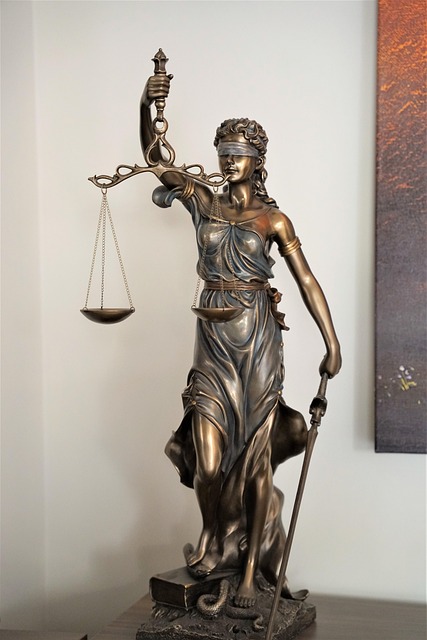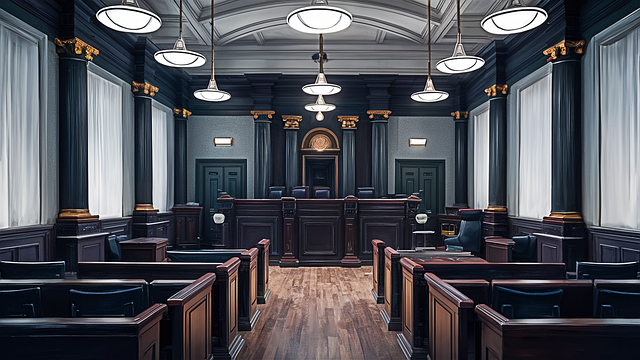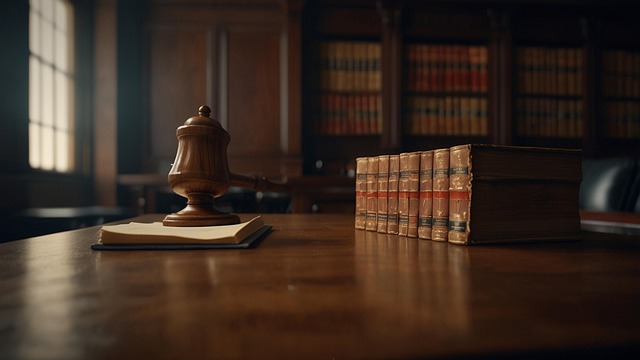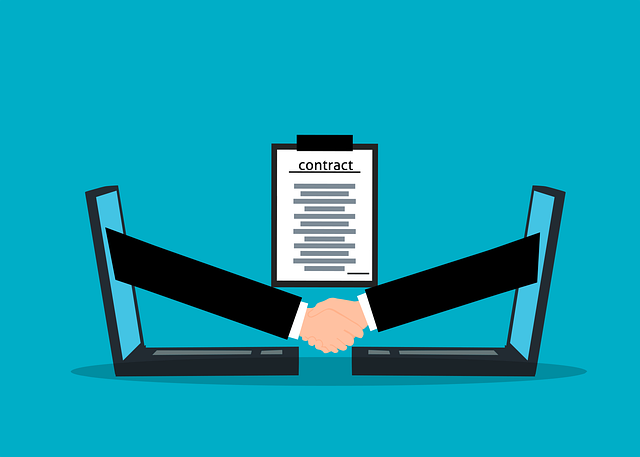Accident injury documentation is a vital step in personal injury cases, meticulously recording medical reports, treatment logs, photos, and other relevant evidence. This process is crucial for proving pain and suffering, especially in incidents like slip-and-falls or elder abuse where harm might not be immediately apparent. Comprehensive documentation, guided by a lawyer, strengthens claims and increases the likelihood of achieving fair compensation, also aiding in contract, real estate, and nursing home neglect disputes by quantifying damages and exposing care failures. Immediate reporting, gathering witness statements, taking photos/videos, collecting medical records, and obtaining expert witness statements ensure accurate legal processes supported by solid evidence.
Injury documentation plays a pivotal role in personal injury cases, especially when it comes to proving pain and suffering. Comprehensive record-keeping after an accident is essential to ensuring fair compensation. This article guides you through the intricacies of accident injury documentation, highlighting its significance in legal proceedings. We explore effective methods for accurately recording injuries, offering insights into how detailed documentation can strengthen your claim and secure the financial support you deserve.
- Understanding Accident Injury Documentation
- The Role of Documentation in Proving Pain and Suffering
- Effective Methods for Accurately Recording Injuries
Understanding Accident Injury Documentation

Accident injury documentation is a critical component in personal injury cases, especially when it comes to proving pain and suffering. This process involves meticulously recording and detailing every aspect of an individual’s injuries sustained during an accident or incident. It includes medical reports, treatment records, photographs, and any other relevant evidence that showcases the extent of physical and emotional trauma experienced by the victim. By documenting these aspects, individuals can ensure their claims are well-supported and have a stronger chance of achieving fair compensation.
In cases like slip and fall injuries or instances of elder abuse, where the harm may not be immediately visible, comprehensive documentation becomes even more vital. A personal injury lawyer can guide clients through this process, helping them gather and organize evidence to effectively communicate their experiences and the subsequent challenges faced due to accident-related injuries. This thorough approach ensures that the victim’s story is accurately represented in legal proceedings.
The Role of Documentation in Proving Pain and Suffering

Injury documentation plays a pivotal role in proving pain and suffering following an accident. This includes medical records, reports from healthcare professionals, and any other relevant evidence that captures the extent of physical and emotional distress experienced by the victim. These documents serve as concrete proof, detailing symptoms, diagnostic findings, and treatment plans, which can help demonstrate the severity and impact of the injury on the individual’s life.
Accident injury documentation is particularly crucial in legal contexts such as contract disputes or real estate disputes, where quantifying pain and suffering damages is essential. In cases involving nursing home neglect, for instance, detailed records can highlight the failure to provide adequate care, resulting in avoidable harm. This evidence guides legal decisions and ensures victims receive fair compensation for their experiences.
Effective Methods for Accurately Recording Injuries

Effective Methods for Accurately Recording Injuries
In the event of an accident or injury, meticulous documentation is key to establishing a clear and compelling narrative. The process begins with immediate reporting of the incident, detailing the circumstances leading up to the harm. This includes gathering information from witnesses, taking photographs of the scene and any visible injuries, and collecting medical records. Video evidence, especially from surveillance cameras, can also be invaluable in corroborating accounts.
For severe or complex cases, such as those involving contract disputes, elder abuse, or wrongful death claims, specialized documentation techniques become crucial. This may include expert witness statements, detailed reports from healthcare professionals, and even psychological evaluations to assess the extent of pain and suffering. Consistent and comprehensive record-keeping ensures that the legal process reflects the true impact of the accident injury, providing a solid foundation for any subsequent claim or lawsuit.
Accident injury documentation plays a pivotal role in quantifying pain and suffering, serving as irrefutable evidence in personal injury cases. By meticulously recording injuries sustained, from initial assessments to ongoing treatments, this process ensures that victims’ experiences are documented accurately and comprehensively. Through effective methods of documentation, legal professionals can effectively prove the extent of harm, leading to fair compensation for those affected by accidents.






